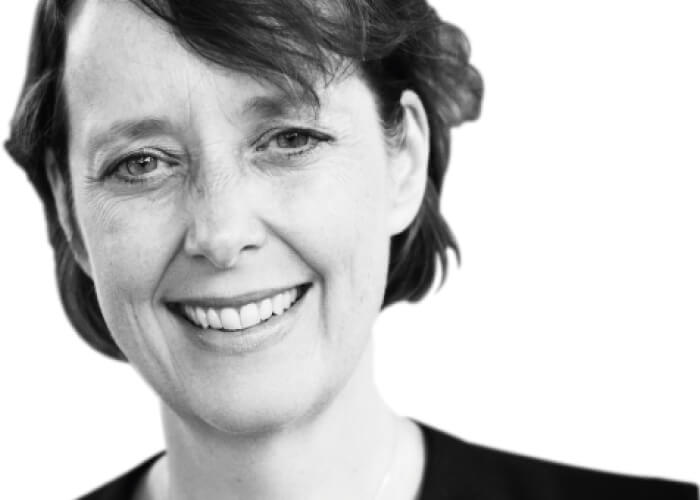Plastic pollution exists in our oceans, our food chains, and our bodies – nobody wants it, and yet it is building every day. Eliminating plastic pollution is hardly rocket science, but it requires courage and political action reaching the very apex of the world’s power structures.
Like many of the pressing problems the world faces, plastic pollution is a symptom of other issues. All too often, a perceived solution creates yet another problem because there are feedback loops that we are unaware of. Things are often not as they appear on first examination, which will come as no surprise to analytical chemists.
A world free of plastic pollution will require large shifts not only in how we design, produce and consume products, but also in the world’s underlying financial and economic infrastructure. What’s more, these shifts need to be global. No environmental problem in history has been solved without strong regulation. However, simply complying with the current array of regulations is not enough, because pollution is still increasing in spite of these regulations. We can see some early micro-sized attempts at regulation of single-use plastics in Europe, and a proposed phase-out of intentionally added plastic particles in down-the-drain products and such. But if we proceed at a pace of regulating 10 disposable plastic articles at a time, the entire process may take millennia.

What are the other solutions being propagated today? I have a potentially unpopular opinion: end-of-pipe solutions do not change the system that creates the mess. Sometimes they even support that system and distract us from what we should be doing upstream – cleaner production and more deep-rooted changes in our society. The end-of-pipe idea of large-scale cleanups is popular and at first it seems like a great idea, but I prefer methods that do not wait until plastic has already become pollution. The oceans contain 1.3 billion cubic kilometers of seawater. How could we ever keep that volume clean without destroying it in the process? Clean-up operations also carry huge costs and there is minimal return on investment. These are all problems that are avoided when the focus shifts towards prevention.
Awareness campaigns regularly label us as consumers who need to change our behavior, but that limits our action to choosing between the products that companies market to us. As citizens we have a much wider repertoire of ways to change the world; for example, supporting civil rights organizations and independent journalism, petitioning, protesting, striking, and direct action. History is full of examples of people coming together to change the world, one small act of courage at a time.
Plastic pollution is created in a complex landscape of capital, power and global economics. As analytical scientists, we have a job to do here. We can develop methods to make the invisible visible and fill in the information gaps that facilitated the bad decisions of the past and their negative consequences. Knowledge is power, and sharing knowledge is even more powerful. To increase our knowledge in a relevant way, analytical scientists like me are currently facing the challenge of measuring exposure to sub-micron plastic particles “in the wild,” meaning real fragments of plastic materials in real environmental matrices – or in our bodies. Exposure to these very fine plastic particulates may be a serious problem because they are a toxicologically relevant fraction. If threshold levels of fine plastic particles reach tissues and organs, they can potentially cause chronic inflammation, which is a prelude to a variety of chronic diseases.
We are now able to more quickly scan plastic materials for toxic additives with advanced techniques (such as the direct probe atmospheric pressure photoionization/atmospheric pressure chemical ionization high-resolution mass spectrometry used at our laboratory). Such techniques help reveal the amount of toxic chemicals from plastics in circulation in our living environment. Such information from the analytical sciences provides an important input for debates on whether or not public health and the environment are adequately protected from or, conversely, seriously threatened by plastic pollution; in my view, an honest government should always act to remove any serious threats. We need both hazard data and exposure data for risk assessment (risk = hazard × exposure), but we simply aren’t able to adequately analyze exposure to very fine plastic particles at present. Without that information, others will create their own narratives, with or without data. The stakes are high, and many of us are working hard on analytics and quality control to get answers to the people who need them.
Those analytical chemists studying plastic pollution and wanting to offer powerful input into the plastics debate must think carefully about the research questions they ask, carefully considering which new measurements really matter (and which do not). What new knowledge can be generated that might significantly update our understanding and shape a better future? It’s not easy to see what others have not seen, and get out of the deep comfortable groove of our own discipline or research contract terms of reference. Working across disciplines helps keep us sharp – I like it when someone challenges my assumptions and I like to challenge theirs too. Not only do you generate an intellectually stimulating conversation, but it helps us progress further and faster towards our goals. We will need the combined talents and passion of a multiplicity of voices and collaborators thinking together if we are to effectively tackle a problem as wicked as plastic pollution. In the face of today’s moral and economic imperative to turn the plastic pollution tide, we analytical scientists must ask ourselves, what are we doing with what we know?




